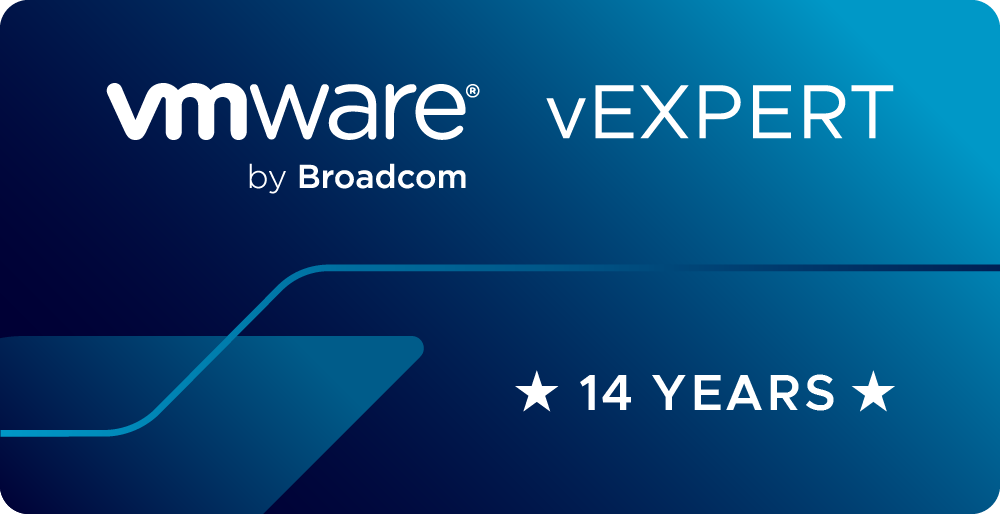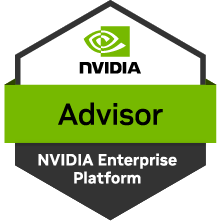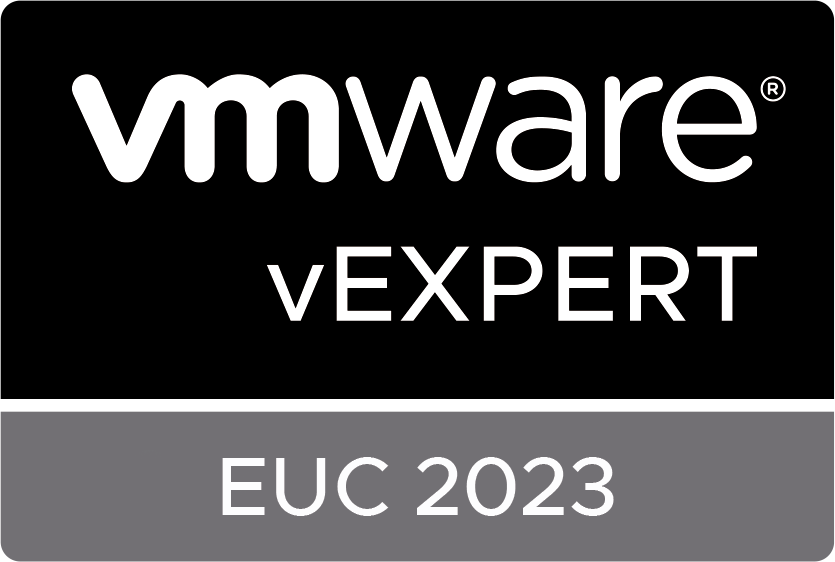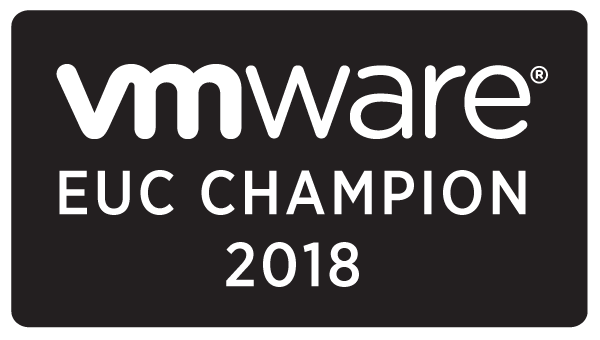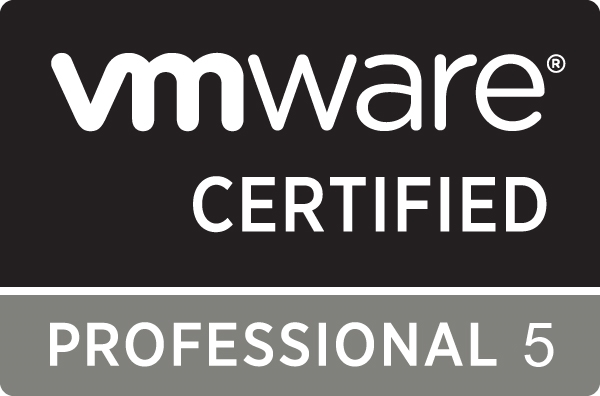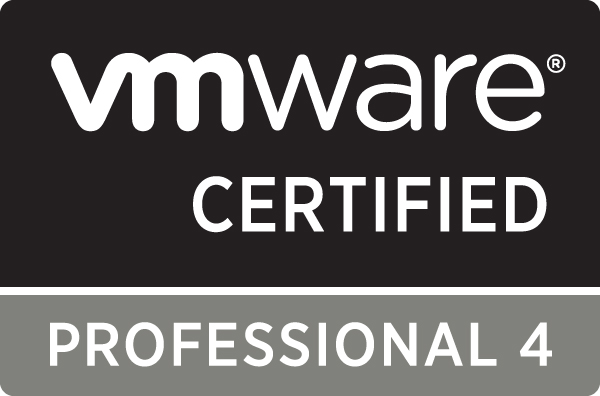VCF and VVF 9 introduce some new methods for managing GPUs both in the GUI and through code such as PowerShell and Python. I presented on this at VMware Explore in a VMware {Code} session CODEQT1767LV. Here are are the details on whats new with GPU management in vSphere 9 from my session.
Tag: EUC
Permanent link to this article: https://www.wondernerd.net/vcf-and-vvf-9-new-gpu-management-scripting-with-powershell-and-python-codeqt1767lv/
Permanent link to this article: https://www.wondernerd.net/make-room-for-another-end-user-at-the-euc-table/
Permanent link to this article: https://www.wondernerd.net/vmug-euc-day-session-virtual-desktops-gpus-and-things-you-didnt-know-you-could-do/
Jul 23
AI Qubits You Need for Your VMware Explore Schedule
You got approval to attend VMware Explore this year! That’s fantastic, I look forward to seeing you there. By now you have probably started to build your schedule in session builder. I have a few Explore sessions you might want at the top of your list. And some of you might be wondering what AI …
Permanent link to this article: https://www.wondernerd.net/ai-qubits-you-need-for-your-vmware-explore-schedule/
Oct 05 2021
VMTN2835 – Update to VDI by Day Compute by Night
Permanent link to this article: https://www.wondernerd.net/vmtn2835-update-to-vdi-by-day-compute-by-night/
Oct 04 2021
New PowerCLI Module – Finding vGPU Profiles
Permanent link to this article: https://www.wondernerd.net/powershell-module-finding-vgpu-profiles/
Permanent link to this article: https://www.wondernerd.net/scripting-vdi-by-day-and-compute-by-night/
Permanent link to this article: https://www.wondernerd.net/number-of-vgpus-available-in-vsphere/
Oct 19
Empowering CUDA Developers with Virtual Desktops (Part3)
Woot!!! You’ve made it this far, or maybe you started here. In Part1 of this blog we looked at the problem of installing the NVIDIA CUDA Toolkit on a virtual machine (VM). In Part2 we looked at how to install the CUDA Toolkit on a VM. This post covers why installing the NVIDIA CUDA Toolkit …
Permanent link to this article: https://www.wondernerd.net/empowering-cuda-developers-with-virtual-desktops-part3/
Oct 19
Empowering CUDA Developers with Virtual Desktops (Part2)
In this blog post we are looking at how to install the NVIDIA CUDA Toolkit and its basic setup. In the previous blog post we looked at the typical problem encountered when trying to install the CUDA Toolkit in a virtualized environment with a vGPU. In the follow on to this post (Part 3) I …
Permanent link to this article: https://www.wondernerd.net/empowering-cuda-developers-with-virtual-desktops-part2/











